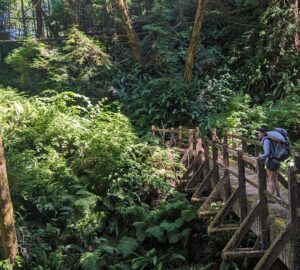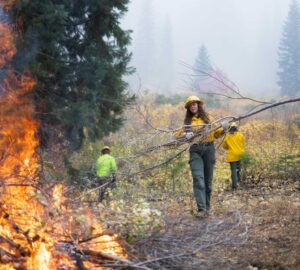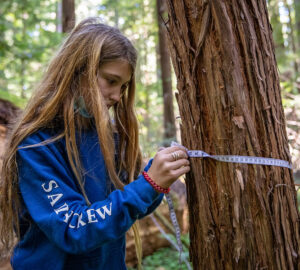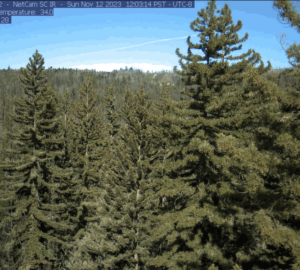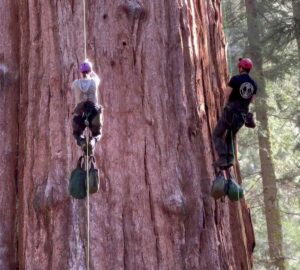When we take a close look at what makes redwoods survive and thrive, the trees have remarkable stories to tell. That’s what researchers discovered thanks to three studies supported by research grants from Save the Redwoods League over the past year. Using modern technology to demystify redwoods’ resiliency and longevity, these studies are producing revealing insights into how changing growing conditions can impact both redwood forests and the plant and animal life they nurture. Here’s what we’ve learned so far:
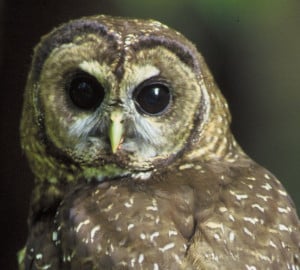
Thinning redwood stands boosts wildlife diversity. This U.S. Forest Service study shows how thinned areas in young tree stands in Redwood National Park and Del Norte Coast Redwoods State Park support higher populations of prey species for the endangered spotted owl and the rare Humboldt marten. Other birds and small mammals benefit as well: perching songbirds, flying squirrels, chipmunks, deer mice, shrews, voles and other species. Researchers found that thinned redwood forests mimic the characteristics of older stands of trees, allowing more light under the canopy, which in turn spurs growth of a greater variety of vegetative wildlife habitat. The more diversity in the ecosystem, the more resilient the forest and its inhabitants become. Learn more.
Lower genetic diversity puts redwoods at risk. Researchers at the University of California, Berkeley, have confirmed that northern giant sequoias have lower genetic diversity than central and southern groves. This key fact suggests that the northern trees could be more vulnerable to climate change. These findings could eventually help inform the League’s redwoods conservation strategies and reforestation efforts. Read more about the genetic markers that likely seal the fate of these trees.
Genes could influence conservation of redwoods. A study at the University of Wisconsin, Madison, has found that the genetic profiles of specific coast redwood strains mean some trees could exhibit greater resilience in the face of changing climate conditions. These researchers are developing powerful tools for genetic analysis that one day could be used by groups like the League to identify ideal planting locations for redwoods on a warming planet. Get the full story.

